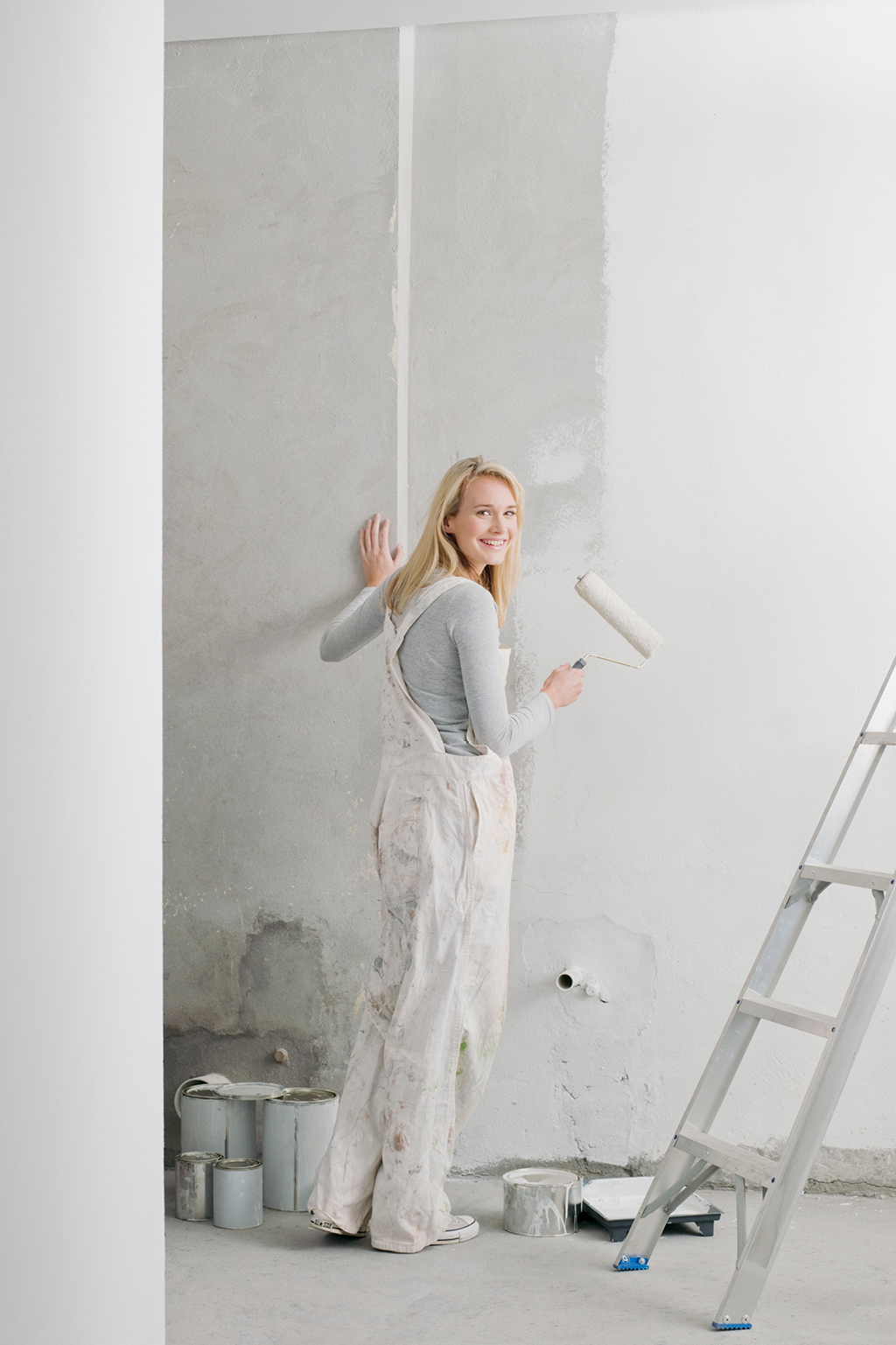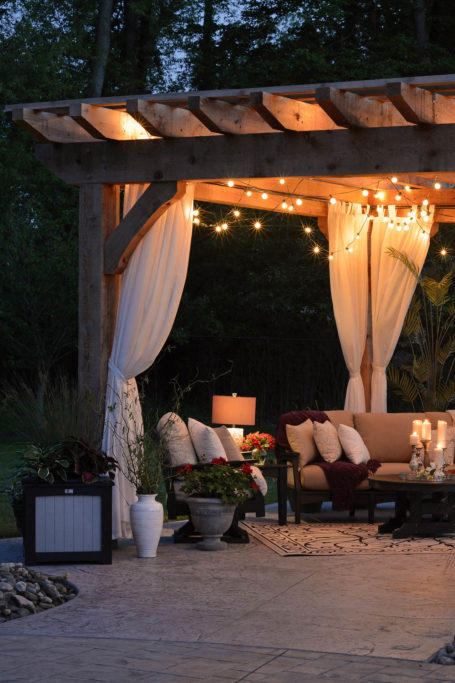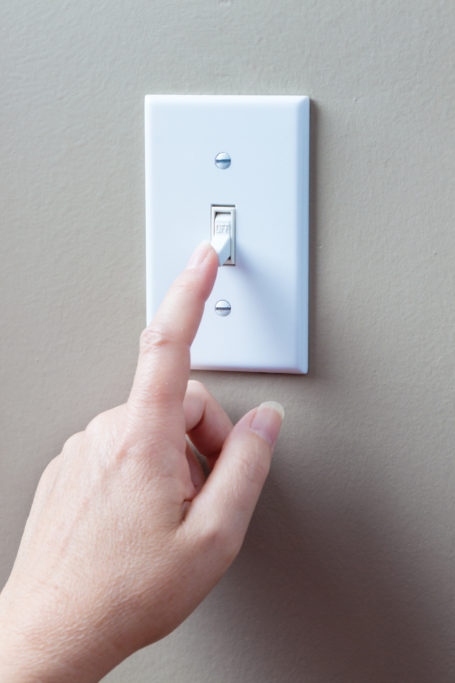Picking the Right White Paint Color for Your Home
Believe it or not, painting your walls white isn’t as simple as picking a white paint color. White paint comes with a lot of variations that can ultimately make or break the look of a space. And not all white paints are created equal. If you’ve seen a shade of white online or in a photo, there are a few important steps and consideration to make before you put that color onto your own walls.

Cool or warm?
The general warmth or coolness of a white paint is determined by its undertones. However, those undertones can create very different aesthetics in your rooms. It’s recommended that you use cooler-toned white paints for more modern rooms with clean, sharp design aspects. Warmer-toned white paints create a cozy feeling that complements natural, earthy colors and decor. To determine if a white paint has cool or warm undertones, you can hold a paint swatch up to a piece of white paper. If the swatch looks yellow or red in contrast, then it is a warmer white paint. If it looks grey or blue in contrast, it is a cooler white paint.

Lighting
The lighting in your house can greatly affect the appearance of a paint’s undertones. Where the natural light comes into the room and what kind of artificial lighting you have in your space are both important factors to consider. The paint you pick will ultimately reflect the light within a given space.
Southern facing rooms tend to have more of a warmer, bright light due to direct exposure from the sun. This can create a yellow cast in the room, so cooler white paints can help counteract that yellowness.
Northern facing rooms don’t get direct sunlight, so the light entering those rooms will have a blueish, cooler cast. Warmer white paints help balance the coolness in these rooms and cancel out some of the blue.
East- and West-facing rooms will have both warm and cool light throughout the day, so the undertones will look different at varying times. Either warm or cool white paints work in these spaces.
In rooms with little to no natural light, neutral-toned white paints work best. Neutral paints with a bit of warmth from yellow or red undertones tend to open a space, creating a lighter, airier feeling.
Test a few
After you’ve found a few different white paint options that you like, you’ll want to test them in the room you plan on painting. While looking at the paint chips, undertones, and pictures online can give you an idea of how it will appear, trying them gives you the chance to see the color in your home. There are a couple different options for trying a paint color, including buying small cans of paint from your local hardware store or peel-and-stick paint samples that you can order online. It’s important to take this additional step so that you don’t end up with a color that doesn’t work for your space.

Maintenance and sheen
If you have your heart set on a white room, it’s important to know that white paint requires a little more TLC than other colors. Due to the light nature of the color, it will more clearly show the daily wear and tear. You’ll have to occasionally wipe down high traffic areas with either a microfiber cloth or magic eraser, hopefully to eliminate marks and stains. For more serious wear, you might need to touch up the paint.
Paint sheens tend to show damage in various ways, so it’s important to pick the right finish for your room. Eggshell is a popular option for walls as it is more durable and easier to clean than a flat paint. However, because it does have some sheen to it, it will reflect the light in the room. Matte or flat finishes don’t have shine to them, so the paint will appear true to color. They are, however, harder to maintain as they tend to show more scuffs due to the lack of sheen.
Picking a white paint for your home isn’t always an easy decision, but by taking the time to consider all these factors, you’ll hopefully arrive at the perfect color for you and your living spaces.


















